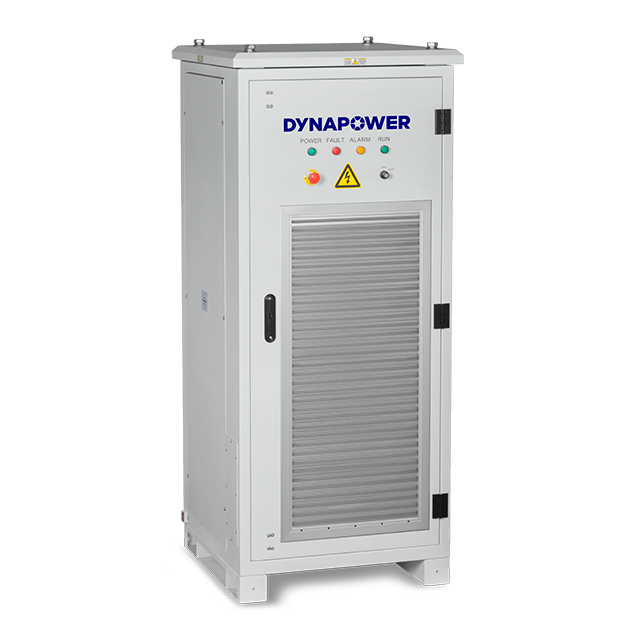I will add the first one: ultra-high voltage spikes generated by the leakage inductance and the dI/dt.
Let’s run some numbers: For high efficiency, the rise time should be no more than 2% of the switching period. This means 200 nanoseconds.
If the current being switched is 100 kA, and a leakage inductance of 10 uH, L*dI/dt gives a voltage of 5 Mega volts.
And let me say that for such a gigantic array of Mosfets, achieving such a low leakage inductance of 10 uH may be impossible.
You say, well, let’s clamp it. But you are talking 50 kilojoules of energy contained on each spike.
Thanks for that, that's one of the first issues I was going to bring up even without doing any of the math. You outlined this very well.
I would think that this would have to be mitigated on a MOSFET by MOSFET basis, where each MOSFET had it's own little snubber or whatever it needed. It would be almost like putting two or more power supplies in parallel.
But putting a huge number of MOSFETs in parallel even without anything else like a snubber brings up some physical current path issues too. For example, the physical arrangement of the sources of all the MOSFETs, and the drivers would have to be in tight to the gates and sources, maybe one driver per MOSFET so it can do a differential type input to the respective MOSFET. That might mitigate the source current path issues.
Of course the drivers have to be able to do the required current level to switch the MOSFET on and off fast enough.
Cumulatively, the losses are going to be high, there's no way around that. Even with an efficiency of 90 percent the losses will be large. However, relative to the level of the output power it would be just like any other DC to DC converter. If we looked at a hundred 1000 watt 90 percent efficient converters running at the same time it would still amount to 90 percent overall and the same power wasted, so the power wasted is just the way life in the power industry is.
There's one thing going for him here, the voltage buss is only 12 volts as it sounds like.
This kind of thing may not be that rare as there are DC to AC converters being used in the grid in some places, but I don't know much about them without reading up on that. They must be handling a LOT of power though for that kind of operation.
I'll see if I can come up with another list.
Physical layout is high priority just like with some of the simpler 5 watt converters that run at 20kHz. The ground wiring has to be done right for example.
I am thinking that if we made a 100 amp converter and put 1000 of them in parallel, that would make up a 100kA converter. The wiring would be nuts though.
I was thinking something along these lines for building a simple supercomputer. Connecting 100 computers onto a network of some kind with one master computer. The wiring would be nuts for that too.


